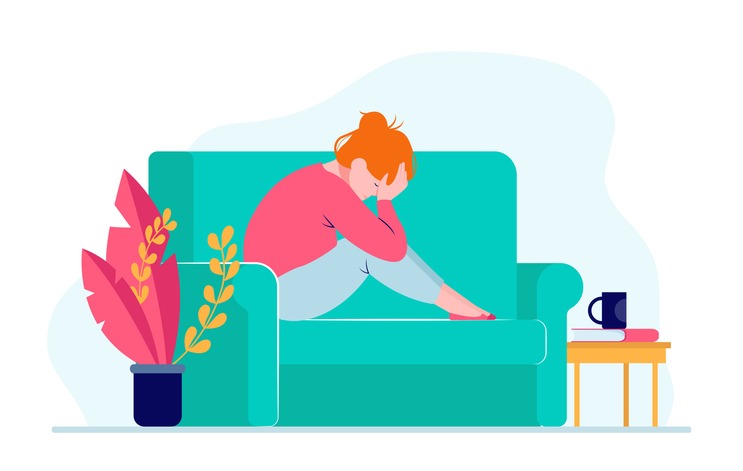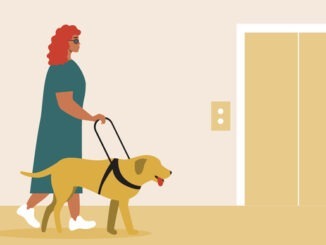
A lot of people suffer from social anxiety disorder, but what exactly is it and how do you help someone you work with through it? Dan Kentley gives his top tips.
CREDIT: This is an edited version of an article that originally appeared on SME Today
Most people can relate to feelings of anxiety around a social activity, be it a family gathering, big work meeting, or starting a new job.
Social anxiety disorder (or social phobia), however, can be far more debilitating than the ‘normal’ nervousness that we can all experience, and it can have a significant impact on the wellbeing and relationships of those it affects, as well as those around them.
What is social anxiety disorder?
The concept of social anxiety has been around for almost as long as humans have been philosophising about their experiences on earth, and it is estimated that as much as 12% of the population will experience a social anxiety disorder at some point in their lifetime.
Whilst there is no specific ‘cause’ for social anxiety, we do know that many people report having experienced the feelings associated with it for as long as they can remember – suggesting that often it emerges during childhood.
Research and twin studies have also shown that a genetic factor is likely, as well as the environment individuals experience in their early years (for example being exposed to socially anxious parents, carers, or peers).
Life events, experiences, and trauma (such as abuse or loss) can also have an impact on an individual’s resilience and susceptibility to anxiety, and there are also links with substances such as alcohol, caffeine, nicotine, and drugs, often used as a negative coping strategy.
For some people with social anxiety, the isolation it brings can come with feelings of inadequacy, sadness, or even shame, sometimes mimicking or causing depression.
How do we recognise social anxiety disorder?
Social anxiety disorder can be separated into two main types: ‘general’ and ‘specific’.
Those experiencing general social anxiety (the most common category) often describe themselves as shy and will experience distress around the prospect of any social situations (often avoiding them altogether).
Specific social anxiety disorder (as the name suggests) is limited to a particular situation in which individuals experience the distress associated with anxiety and as such, many people can function well in all other areas of their lives, increasing the chances of their difficulties going unnoticed.
The combination of physical and emotional symptoms will often lead to avoidance of doing things or speaking for fear of embarrassment, and avoiding potential situations where attention may be drawn to an individual.
Supporting others
If a colleague or team member is experiencing social anxiety, it can often be difficult to know how best to support them. Although we might not be able to relate to some of the experiences or triggers they describe, it’s important to remember that they are very real for that person, and they may be sensitive to feeling judged because of them.
Stay calm, be patient and don’t criticise
The journey to recovery can sometimes seem like a long one, and having support from colleagues, a line manager, and HR can be invaluable.
More regular check-ins or 1:1 meetings may help colleagues feel more supported, especially if behavioural experiments or graded exposure include workplace situations.
Ask how they’re feeling
This can help them up about their thoughts, feelings, and emotions, and potentially how they may be positively or negatively affected by work.



Be the first to comment